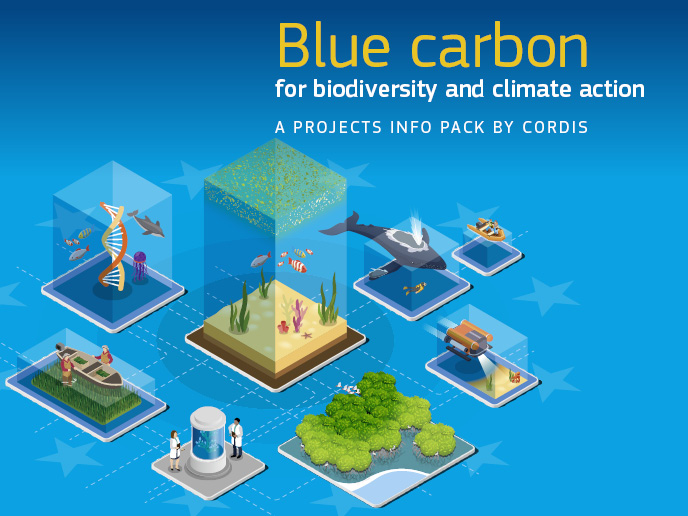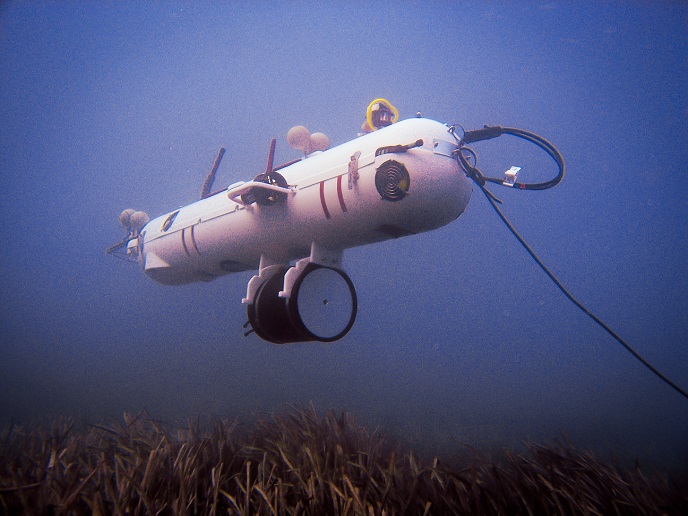Criteria for coastal protection
Sustainable development partly involves the protection of marine systems. Clean energy production, apart from being a goal in itself, will also support the protection of marine natural capital. The EU-funded COCONET (Towards coast to coast networks of marine protected areas (from the shore to the high and deep sea), coupled with sea-based wind energy potential) project prepared guidelines for the assessment of marine areas. COCONET yielded two main results. The group produced a manual detailing the selection guidelines, determined by project researchers, for instigation of a network of marine protected areas (MPAs). The manual elaborates a four-step process for evaluating sites. The steps cover collection of relevant information, identification of cells of ecosystem functioning, identification of networks and priority areas, and designing a management plan. Researchers produced a detailed list of recommendations, drawn from various sciences, concerning selection decision-making. The study also documented gaps in current knowledge. Secondly, the team prepared a Smart Wind Chart displaying the suitability of various coastal areas for offshore wind farms. COCONET focused on the Mediterranean and Black Seas, and supplied the science-based knowledge needed for decision-making. Such information includes predictions of likely wind conditions in various areas over the coming decades. Results indicate that the Aegean and Black Seas will see a 5 % increase in wind power between 2021 and 2050. The Aegean and Alboran Seas should experience a further increase for the period 2061 to 2090. Mediterranean areas off North Africa and the Middle East will suffer a 5 % drop in wind power between 2021 and 2050. Researchers predicted a further decrease in the area for the 2061 to 2090. The project hosted a series of workshops and summer schools, and yielded around 200 scientific publications. COCONET's guidelines and charts will lead to both environmental protection and cleaner energy.







